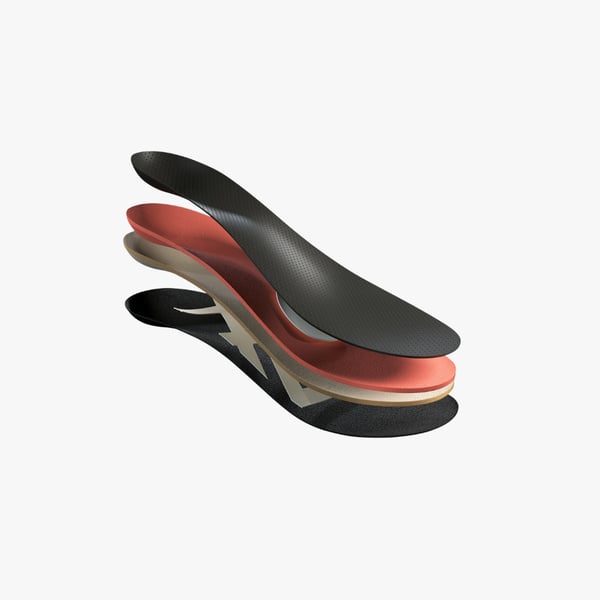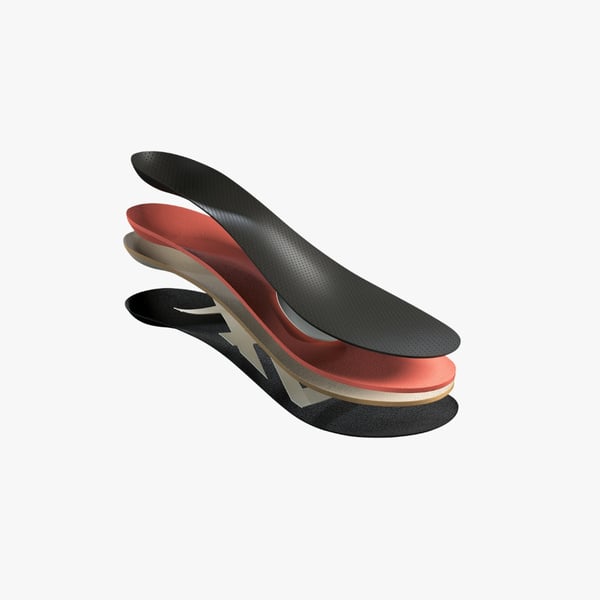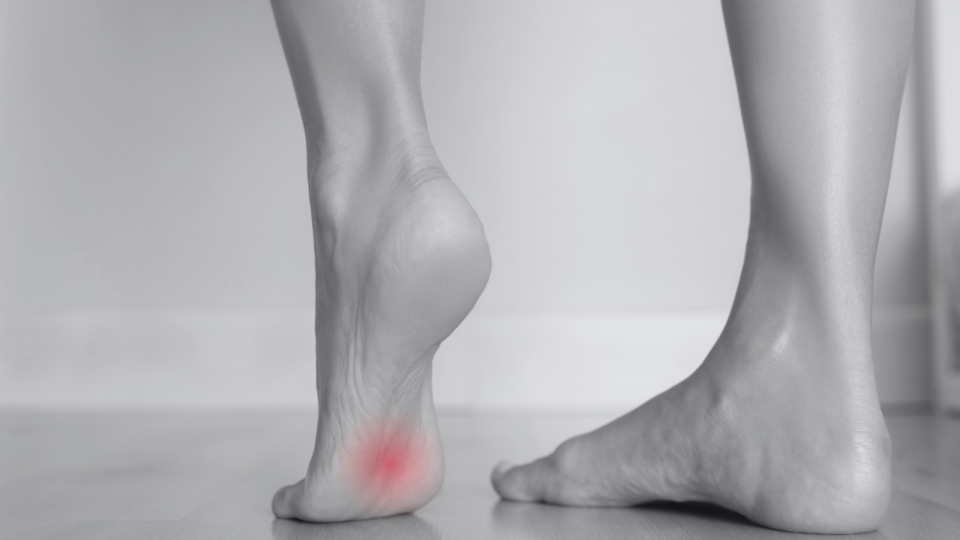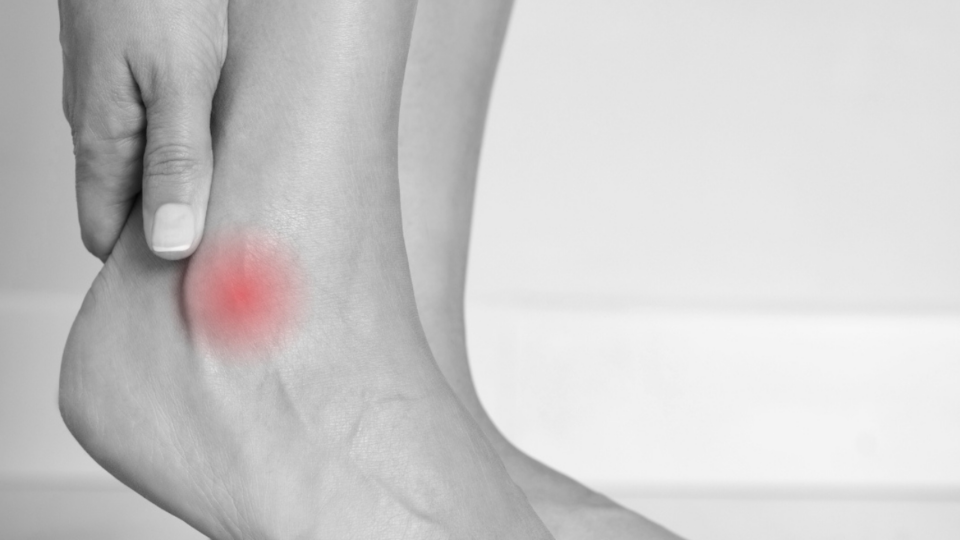Hip osteoarthritis is a disease that originates in the cartilage of your hip joint. Healthy cartilage is strong and elastic, acting as a shock absorber and smooth surface for the hip joint. With hip osteoarthritis, the cartilage gradually thins and may eventually disappear entirely. To alleviate the discomfort of osteoarthritis, you can use shoes with good stability and cushioning, as well as orthopedic insoles.

What is hip osteoarthritis?
Osteoarthritis is a joint disease where the quality of the protective cartilage in the joints gradually deteriorates, resulting in pain and reduced mobility in the affected joints. In the Western world, hip osteoarthritis is one of the most common joint diseases, but its causes are not yet fully understood.
Symptoms of hip osteoarthritis and underlying causes
In your hip, the femoral head and the acetabulum are covered with cartilage to allow the joints to glide easily against each other. In hip osteoarthritis, the protective cartilage has either thinned or completely disappeared, resulting in the hard ends of the bones rubbing against each other and causing inflammation in the joint. This often causes pain, decreased mobility, and limited ability to be active.
The pain in hip osteoarthritis often occurs when you walk – usually, the pain is located in the groin but can also be felt outward in the hip. You may also feel pain radiating down to the knee. With hip osteoarthritis, you may have difficulty sitting cross-legged or putting on socks and shoes. The pain is most commonly felt during activity, but you may also feel it at rest as osteoarthritis worsens. It is difficult to know for sure why you get hip osteoarthritis. Many factors can contribute to and increase the risk of developing the disease, such as overloading the hip joint, being overweight, aging, heredity, and previous hip injuries.
Symptoms of osteoarthritis often develop gradually and worsen over time. However, you can also get osteoarthritis after an injury, and the symptoms occur suddenly. Osteoarthritis often follows a pattern of flare-ups, with periods of significant discomfort followed by periods when you are completely symptom-free.
Common problems with osteoarthritis:
- Stiffness and decreased mobility in the joints
- Joint pain can occur during movement and at rest.
- Load pain
- Difficulty walking and running









